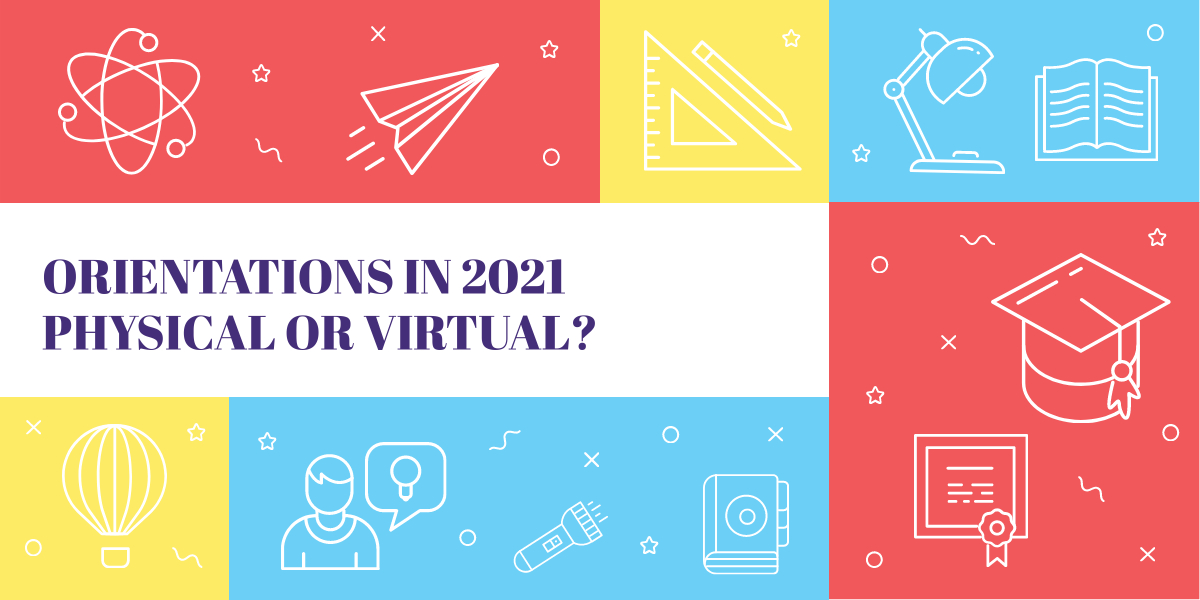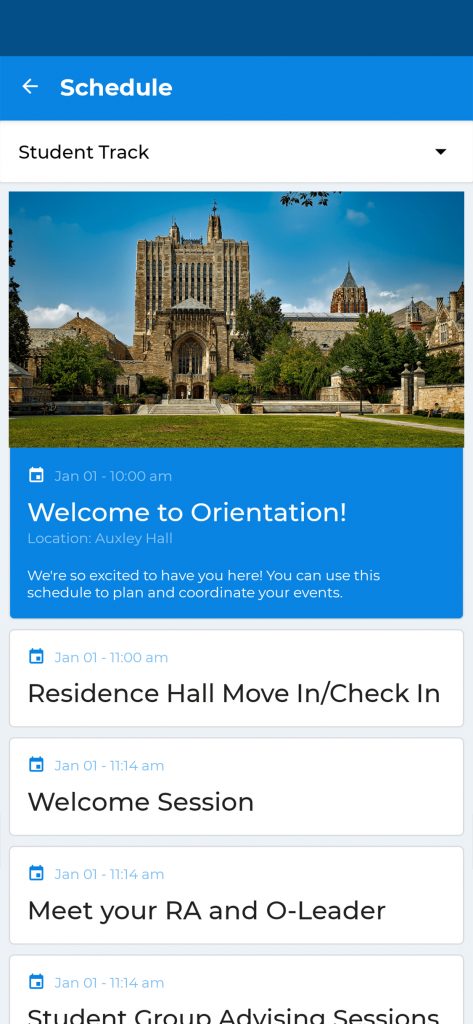Intro
2021 might arguably be a stranger year than 2020, when it comes to university orientations. Sure, 2020 was a fiasco, as Orientation directors rushed to change their format from physical to virtual. But at least it was painfully clear that events HAD to be virtual.
2021 presents a strange conundrum where it seems like restrictions are easing up, and especially by summer time, they’ll be more than lax enough to host a proper physical event. But in the same breath, we hear stories of new COVID outbreaks like in India, and who really wants to be responsible for risking something like that? Students’ safety is the #1 concern after all.
So all that said, I bet you’re curious! How did orientation directors choose to run their events in 2021? We did some internal market research as a company and are sharing the results below for all those who might be curious.
Method
We took a random sample of 100 universities, and simply took notes on their university size, orientation format, and other orientation parameters. Among those tracked were whether the event was virtual, physical, hybrid, and what features and activities were present.
Hybrid/Physical/Virtual Breakdown

After summing all the data, we found that that around 42% of universities are going full-steam ahead with a physical orientation in 2021.
It’s probably a much bigger proportion if you consider the fact that many “Hybrid” orientations had very large physical portions. It’s pretty safe to say that physical events have made a comeback, and will go back to being the norm from 2021, 2022 onward.
Two Types of Hybrid
“Hybrid” events are still relatively undefined as a format. There wasn’t one dominant format for how Hybrid events were hosted, rather “Hybrid” orientations came in two main forms.
One type of Hybrid entailed a split event, where students could choose a physical option or a virtual option.
An example of this is the Southeast Missouri University Orientation, where students were courteously given one of two options depending on what they were comfortable with.
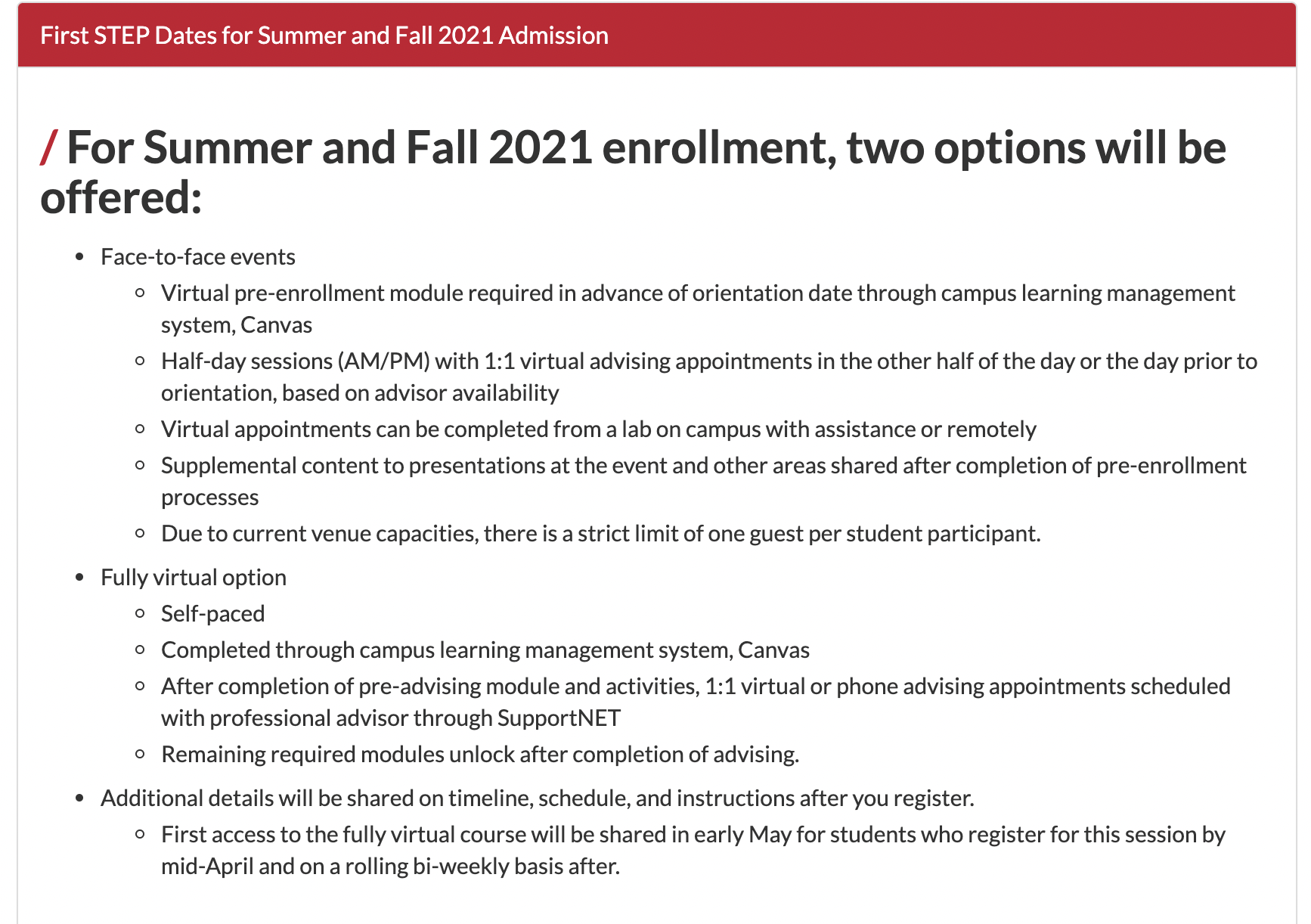
Another type of Hybrid entailed a sequential event, where students were first required to complete an extended virtual portion before attending a physical event.
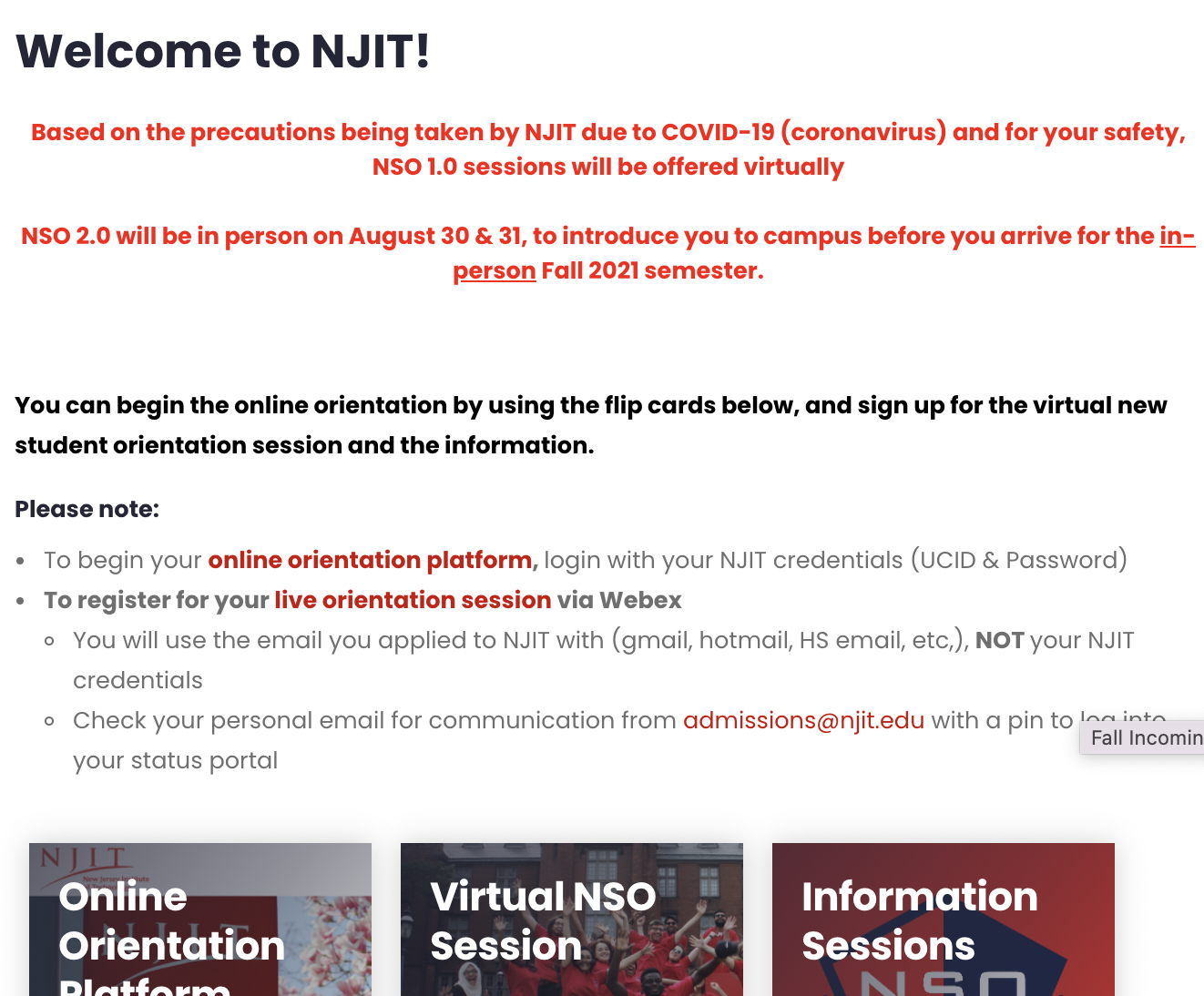
Virtual Orientations
Fully virtual orientations were much rarer in 2021 (than 2020) but still definitely present. Generally speaking, smaller universities were more likely to opt for virtual orientations.
Zoom Orientations
The ones that did go virtual generally gave students several Zoom sessions to choose from. Students would be introduced to the campus and conduct activities with a small to medium group of other students.
Example at Rockford: https://www.rockford.edu/admission/admitted/orientation/
Module Based Online Orientations
The other somewhat pre-dominant virtual orientation format was a series of pre-recorded videos for students to watch. There are more familiarly known as “Online Orientations”. These videos were often accompanied by quiz questions afterwards. The entire program was typically between 1-2 hours.
Example at UTSA: https://future.utsa.edu/orientation/freshman/
Some Predominant Themes
While every orientation was truly different in its own way, there were several activities and features that were common among several of them.
- An Orientation Home Page
- Breakout Sessions and Student Small Groups
- Virtually: via Zoom Sessions
- An Online Component with Video Modules and Quizzes
- An Orientation Event App
- Lots of Student Resources and FAQs
- Scheduled Advisor Sessions
- Admissions Checklist(s)
- Summer Camps
Some Fun Ideas
Other orientations were more one-of-a-kind, not really fitting into any of the above categories:
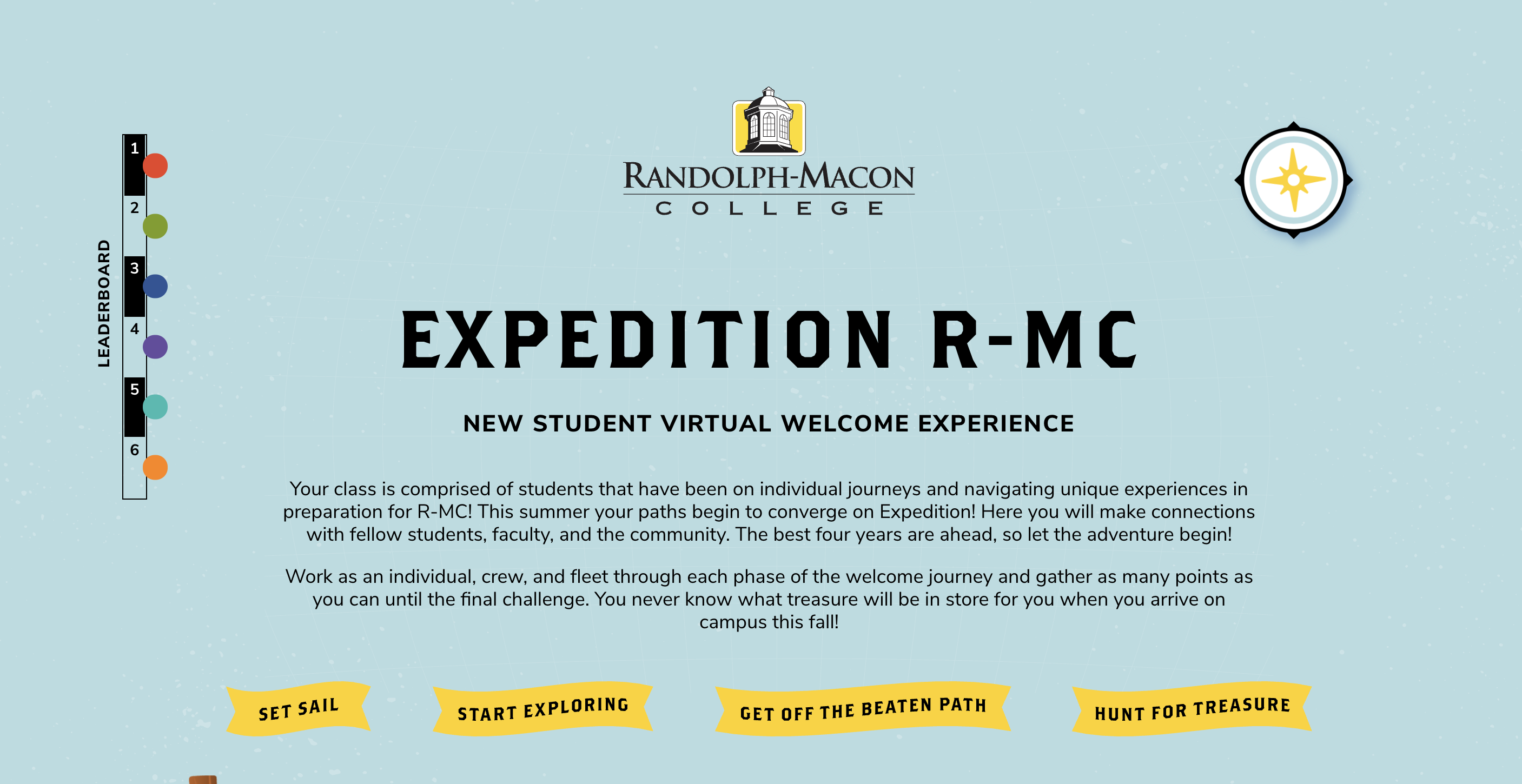

Conclusion
Physical orientations made a strong comeback in 2021, and this trend can be expected to continue through 2022.
Orientations really come in all shapes and sizes, and 2021 is no exception. You almost can’t find two universities holding the exact same format orientation.
So if you’re an orientation director and you’ve got ideas of your own, don’t be afraid to “venture out” from what you think an orientation “should be”, because there’s really no such thing.
About Eventus.io
Eventus.io is a trusted provider of student facing software for universities. Regarding orientations, we currently provide an orientation event app and other custom solutions.
Feel free to get in touch by reaching out on our Contact Form. We look forward to hearing from you.

